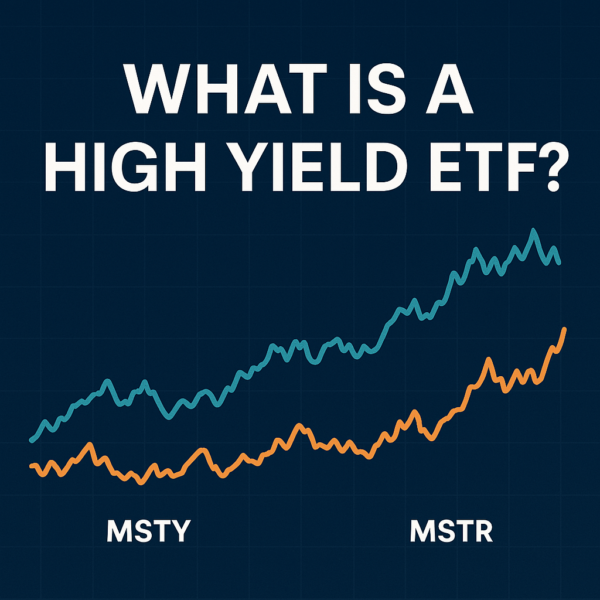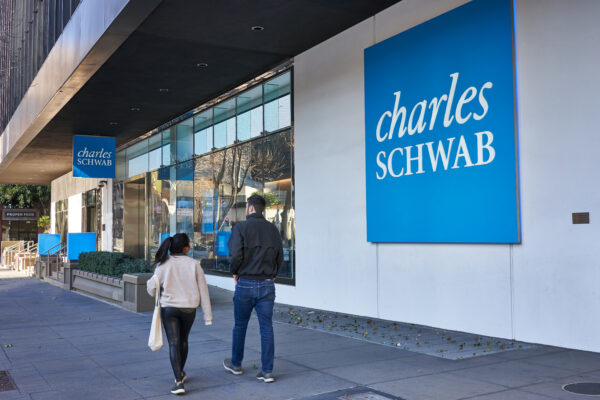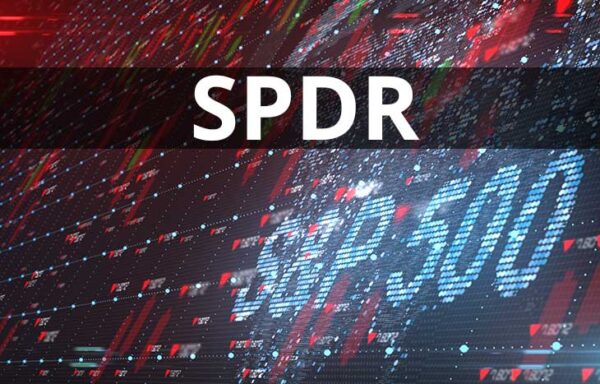IPO ETF List: What Are They and Should You Invest?
What is an IPO ETF? ETF stands for exchange traded fund. It trades just like stocks on exchanges such as the NYSE and Nasdaq. But instead of following one company, it follows a group of securities such as a commodity, index, bonds or sector.

An IPO ETF follows companies that recently went public. IPO stands for initial public offering. It’s when a private company offers stock on the public markets for the first time. IPO ETFs have a range of IPOs from those with the greatest values to those who went public in the last year. Each ETF has its own rules about which companies are listed and for how long. In addition, IPO ETFs can be found under equity and fixed income asset classes.
IPO ETFs
There are seven IPO ETFs. Below is a description of each ETF, including issuer and expense ratio.
First Trust U.S. Equity Opportunities ETF (FPX)
Issuer: First Trust
Expense Ratio: 0.58%
Inception Date: April 12, 2006
FPX tracks the 100 largest U.S. IPOs. It’s determined by market-cap, and the ETF holds the stock for the first 1,000 days of trading. That’s a roughly four-year period. Its requirements include:
- Minimum market cap of $50 million at close of first trading day
- Publicly traded float of 15% minimum
- No abnormal pricing (defined as three standard deviations greater than the mean)
Invesco S&P Spin-Off ETF (CSD)
Issuer: Invesco
Expense Ratio: 0.62%
Inception Date: December 15, 2006
CSD tracks large- and mid-cap U.S. equities who became independent of its parent company in the last four years. This mostly applies to company spin-offs, which tend to be more focused on its core business or product rather than the company as a whole. For example, SpaceX’s spinoff Starlink.
This IPO ETF reconstitutes on a monthly basis. At that time, companies are able to immediately list in the ETF. A single company has a cap of 7%. CSD also has a $1 billion market cap minimum.
Renaissance IPO ETF (IPO)
Issuer: Renaissance Capital
Expense Ratio: 0.12%
Inception Date: October 14, 2013
IPO tracks the newest listings on the U.S. markets. It adds IPOs within 90 days of listing and keeps them for two years. The largest IPOs can be added within a week of listing. Companies have a 10% issuer cap and are reviewed quarterly. This limits the weight of any company listed in the ETF.
Renaissance International IPO ETF (IPOS)
Issuer: Renaissance Capital
Expense Ratio: 0.8%
Inception Date: October 6, 2014
IPOS is Renaissance Capital’s international ETF. Similar to its sister IPO ETF, it adds companies within 90 days of listing. The fund keeps a company for only two years.
However, the IPOS ETF doesn’t include international companies who list on a U.S. exchange. Instead, these companies are listed in Renaissance’s other ETF, IPO. IPOS focuses on small-growth firms. And its expense ratio is considered high for a cap-weighted ETF.
First Trust International Equity Opportunities ETF (FPXI)
Issuer: First Trust
Expense Ratio: 0.7%
Inception Date: Inception Date: November 5, 2014
FPXI holds 50 of the largest international companies who recently went public. Companies can be added on the sixth day of trading. They are held for 1,000 days, or roughly four years. Requirements for the FPXI ETF include:
- Minimum market cap of $50 million at close of first trading day
- Publicly traded float of 15% minimum
- No abnormal pricing (defined as three standard deviations greater than the mean)
This IPO ETF also has a 10% issuer cap in place and is rebalanced quarterly. This can lead to big changes as new firms enter and old ones exit.
First Trust IPOX Europe Equity Opportunities ETF (FPXE)
Issuer: First Trust
Expense Ratio: 0.7%
Inception Date: October 4, 2018
FPXE holds positions in the Stocks are purchased on the sixth day of trading. They’re held for 1,000 days, or roughly four years. This IPO ETF’s requirements include:
- Minimum market cap of $50 million at close of first trading day
- Publicly traded float of 15% minimum
- No abnormal pricing (defined as three standard deviations greater than the mean)
Defiance NextGen SPAC Derived ETF (SPAK)
Issuer: Defiance
Expense Ratio: 0.45%
Inception Date: September 30, 2020
SPAK is a new IPO ETF. It tracks U.S.-listed special purpose acquisition companies (SPACs) and SPAC-derived companies. It’s the first ETF of its kind as SPAC IPOs became popular in recent years, particularly 2020.
This ETF will be rebalanced on an annual basis in July. SPAK is weighted 80% SPAC-derived companies and 20% SPACs. New SPACs meeting requirements can be added quarterly whereas SPAC-derived companies can be added monthly.
Should you invest?
IPO investing is a popular and exciting market. But a company’s IPO can also be risky. That’s why some investors recommend IPO ETFs. It provides a diversified portfolio of IPOs. This can decrease risk while giving investors exposure to recent and sometimes top IPOs. For example, Renaissance Capital’s IPO ETF (IPO) will add IPO blockbusters DoorDash and Airbnb to its listings.
IPO ETFs aren’t ideal for investors looking for listing gains. Instead, investors should look to them for medium to long-term investing. But investors should also be aware of piling trading fees, lack of liquidity and possible taxes from capital gains’ distributions. As always, it’s important to do thorough research.
If you’re looking for the latest investment opportunities, sign up for our free Investment U e-letter below! It’s full of research and advice from our trading experts that you don’t want to miss out on. And if IPO ETFs interest you, check out our IPO Calendar to stay up-to-date on the latest offerings.
About Amber Deter
Amber Deter has researched and written about initial public offerings (IPOs) over the last few years. After starting her college career studying accounting and business, Amber decided to focus on her love of writing. Now she’s able to bring that experience to Investment U readers by providing in-depth research on IPO and investing opportunities.





